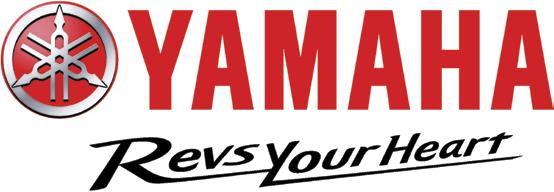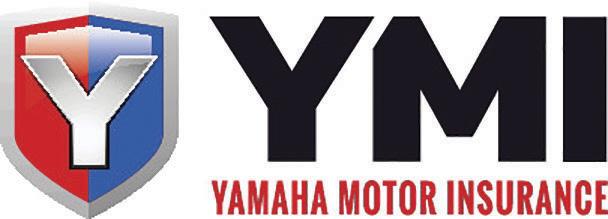
19 minute read
In The Flood Zone
WHAT WENT WRONG ON THE BRISBANE RIVER?
EXCLUSIVE INTERVIEW WITH MARITIME LAWYER & MARINE INSURER
The big rain event in February was so called “2022 Eastern Australia floods”. Rainfall of over 400 millimetres (16 in) was recorded across the greater Meanjin/Brisbane area. In the three days leading up to 28 February, Greater Meanjin/Brisbane received 676.8 millimetres (26.65 in) of rainfall, said to be the largest three-day total ever recorded in Meanjin/Brisbane. The experts indicated that the flood event was caused by a low pressure system over Queensland's southern coast. This dragged in moisture from the Coral Sea in the north, raising it over the Queensland coastline. On 28 February, Maiwar/Brisbane River’s height reached 3.8 metres (12 ft), higher than the 2.3-metre (7 ft 7 in) peak height of flooding in 2013 and below the 3.9 metres recorded during the 2010-2011 Queensland floods, but less than the peak height of 4.46m in 2011. The 2022 Eastern Australia floods caused an incredible amount of damage to property, mainly flood-damaged homes both in Queensland and in New South Wales. Thousands of people were gravely affected, and many will not even be able to recover their damaged homes. The severe weather events also caused significant damage to marine infrastructure and property. The raging Maiwar/Brisbane River was relentless in pushing everything in its way, creating havoc on the river and the banks, all the way to the ocean through Moreton Bay. After weeks of major clean-up work on and in the river, with thousands of tonnes of debris recovered by various groups and stakeholders, including Maritime Safety Queensland, the Australian Defense Force and some not-for-profit clean-up organisations, Maiwar/Brisbane River reopened to recreational boating on 26 March. But there are still questions that remain unresolved. The Queensland government have yet to look back into the causes of damage not only to infrastructure and property, but also to the marine environment. How to manage and control the impact of extreme weather and natural events is something that all sectors must work on for the future. From the perspective of recreational boating, it would seem that much of the damage to watercraft and marine infrastructure could have been avoided, if not minimised. While everyone has their own opinion, it is worth knowing what rights and obligations owners of recreational watercraft and marine infrastructure have in similar circumstances. Legal and insurance claims are topmost in the priorities for those who have been affected. “In the true nature of a natural disaster, much of the loss was unpreventable,” states Michaela Claes, operations manager at Pantaenius Australia. “Fully secured boats were torn from their jetties, or floated away still connected to pontoons, only to be retrieved hours or even days later, but in a completely different condition. Others had adrift objects hit their boats which can also cause an array of damages.” However, there are damages and losses that were indeed preventable, such as damage due to rainwater, according to Michaela. “A number of boats did not have operational bilge pumps on board causing flooding damages,” she says. John Kavanagh, principal at Pacific Maritime Lawyers, adds, “Bear in mind that very little of the damage in this case would have been caused by floods. Damage would have been caused by rainfall, by impact from other objects in the water, or from the vessel coming free from its moorings. The management of automatic bilge pumps, mentioned by Michaela, is crucial.” Flash flood events are not new to Queenslanders, and there is a constant threat from Mother Nature to pour on our forests and rivers that we cannot humanly and possibly prevent. However, in situations similar to the recent extreme weather event, we can be more prepared and be more proactive in protecting our investments. John advises, “Vessel maintenance before the weather season, maintaining a proper watch on the BOM, and ensuring there is a plan in place [are just a few of the things you can do to prepare for such events]. In Brisbane, in particular, there was quite a bit of warning before the water hit, and therefore there was time to make preparations, whether by strengthening moorings, preparing the vessel, moving the vessel onto the hardstand, or even making for a safe harbour outside the weather. While there are always going to be unavoidable incidents, there were opportunities for boat owners to shift the odds in their favour.”
As owners of watercraft, we are always vulnerable to the elements of nature. That is why most owners purchase marine insurance to cover for many of the foreseeable disasters that may arise. Michaela declares, “We also know that a lot of the boats on the Brisbane River which suffered the most damages were uninsured, which is incredibly sad. It definitely does pay to have insurance, even if it is only the third party liability insurance that will provide cover should a salvage operation be required.” Needless to say, the insurance coverage only protects the inclusions in the policy. ”It is not at all unusual to find boaties who have replaced equipment on board their vessel without updating their policies,” explains John. ”Unfortunately, this may mean the vessel is inadequately insured if harm occurs.” John further emphasises the need for better preparation given current conditions. “Climate change is predicted to continue to bring extreme weather events to Queensland, and this will make it even more crucial that boat owners have a plan and put it into operation, and that they have adequate insurance in place.” Insurance companies differ in their policies on natural disaster coverage. Some companies that will only cover for flood damage, while others will have more coverage depending on the policy chosen. Michaela explains, “Pantaenius does provide cover for the damage caused by natural disasters, including the recent flooding events in NSW and QLD. The cover may be reduced, however, if a boat was not adequately protected at the time of loss. For example, the bilge pumps were not operational or a boat was left on anchor, as opposed to being safely secured. Pantaenius also does not provide cover for damages caused
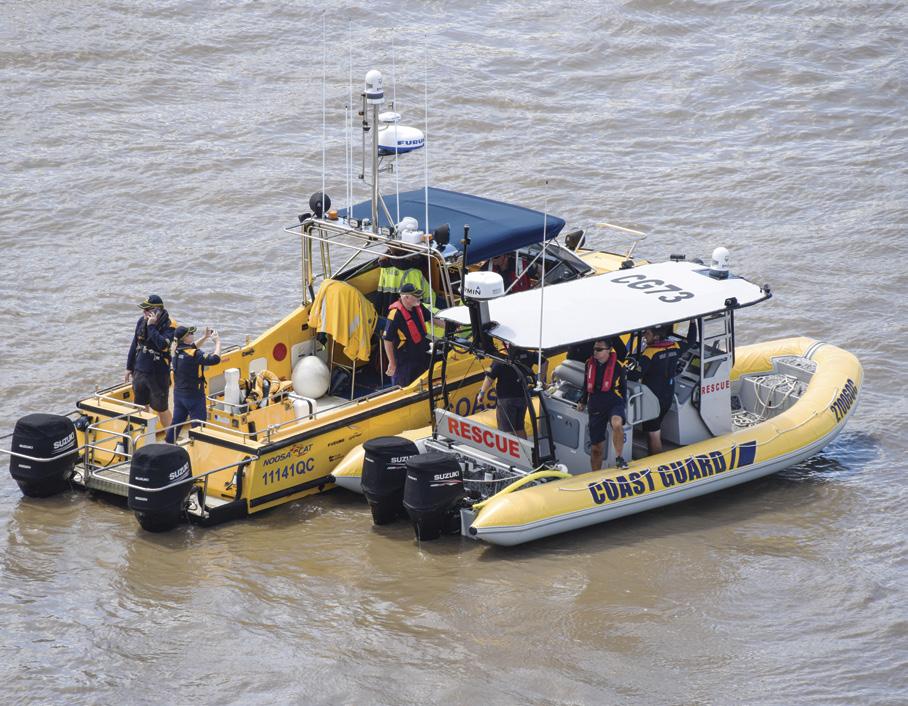
Story by Roselle Tenefrancia




Photo courtesy of Facebook Page - Brisbane River Boats
by leaving safe harbour to enter an area where a warning is in place. All this is, however, reviewed on a case-by-case basis.” Quick responses from the insurance companies is also key in these circumstances. “We have much experience with the impact of natural disasters so we are able to provide rapid assistance on the ground as well as understand the emotional turmoil that comes with such losses,” explains Michaela.
Further, adequate and correct advice is necessary for a watercraft owner to fully understand the coverage of insurance, as well as the limitations that come with the claims. Reliable legal advice should always be sought in order to avoid further problems. “We have assisted boat owners to work their way through issues with all the major insurers. In the event of a dispute, having advice from professionals can help you to reach a positive conclusion with the insurer,” explains John. ”Our objective is not to fight with the insurer, but rather to work with them to ensure a positive outcome for the client.”
Another key element in preventing or minimising damage is having safety management systems (SMS) in place, particularly for commercial or larger vessels. “SMS are mandatory for commercial vessels, and they provide a mechanism for systematically thinking through the risks of operating a vessel, not just during extreme weather events, but, in fact, at all times,” advises John. John sums it up best with his final statement: “If your boat, and the people on it, matter to you, then investing in safety is investing in them. Larger recreational vessels are complicated engineering systems – often as complicated as a commercial vessel. The bigger the vessel gets, the more that can potentially go wrong, and the more important it is to invest in a systematic process of assessing and attending to safety. After all, while insurance is good, avoiding an incident in the first place is better.” PRACTICAL TIPS FOR SECURING YOUR WATERCRAFT:
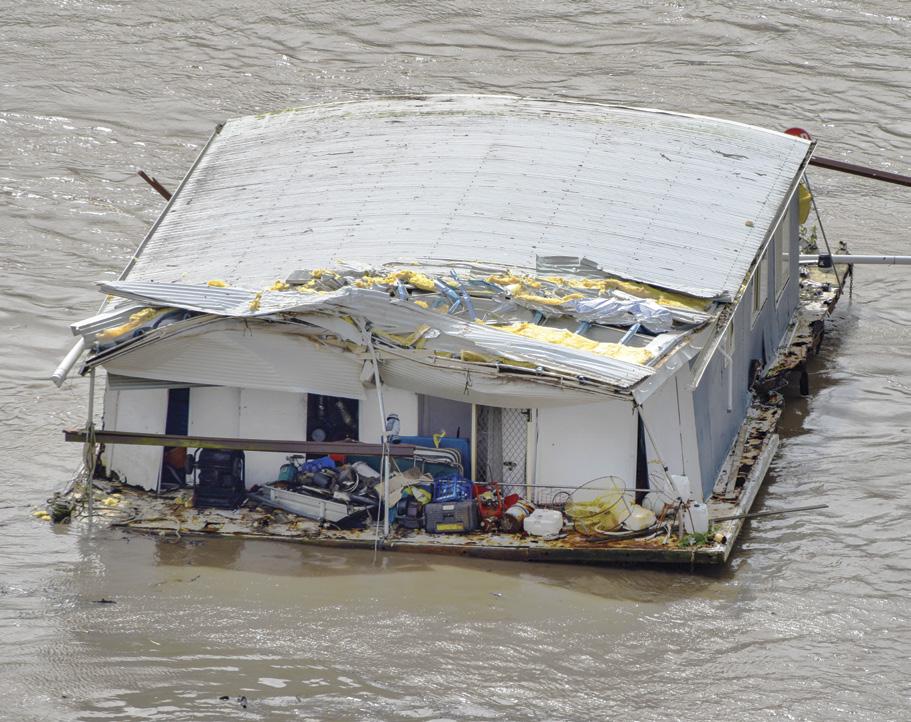
● Make sure you use additional ropes and fenders. Ensure the boat is as secure as possible. ● Remove awnings, shades, sails, loose furnishings and store them securely on board but out of harm’s way. ● If your boat is kept on a mooring or you are living on anchor, it may be wise to book a berth until the storm passes. KEY QUESTIONS TO ASK IN DEVELOPING SAFETY MANAGEMENT SYSTEMS: ● Do you have a “man overboard” procedure? Have you practiced it? ● Do you have a daily start-up checklist, or do you just fire up the engine and go? ● Is there a second person aboard who can operate the vessel if you are incapacitated? Does everyone at least know how to use the radio? ● If you’re fishing, have you reviewed the locations of any nearby green zones? There are a hundred things to think about, and an adequate SMS will let you do so systematically.
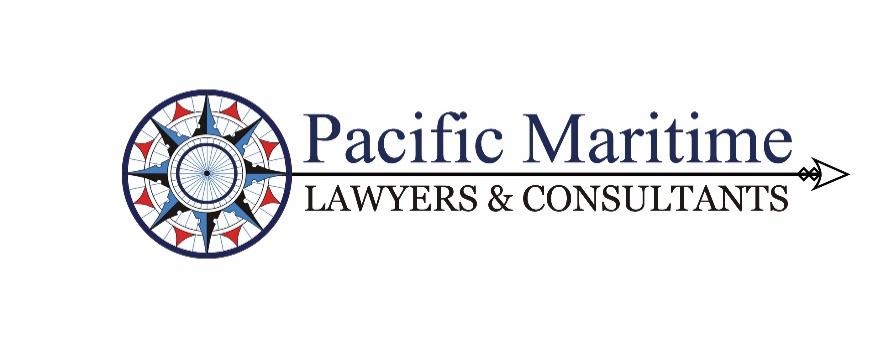


OUR LAWYERS ARE EXPERIENCED MARINERS AND MARINE REGULATORS
• Are you buying/selling/chartering a boat or maritime business? • Do you need help with risk assessments, audits, regulatory compliance and licensing and registration advice? • Do you need marine incident & pollution support? • Are you facing maritime commercial or crewing disputes? Capt John Kavanagh AFNI MQLS www.pacificmaritimelawyers.com.au1300 797 627 info@pacificmaritimelawyers.com.au
FJORD 41 XL
FJORD
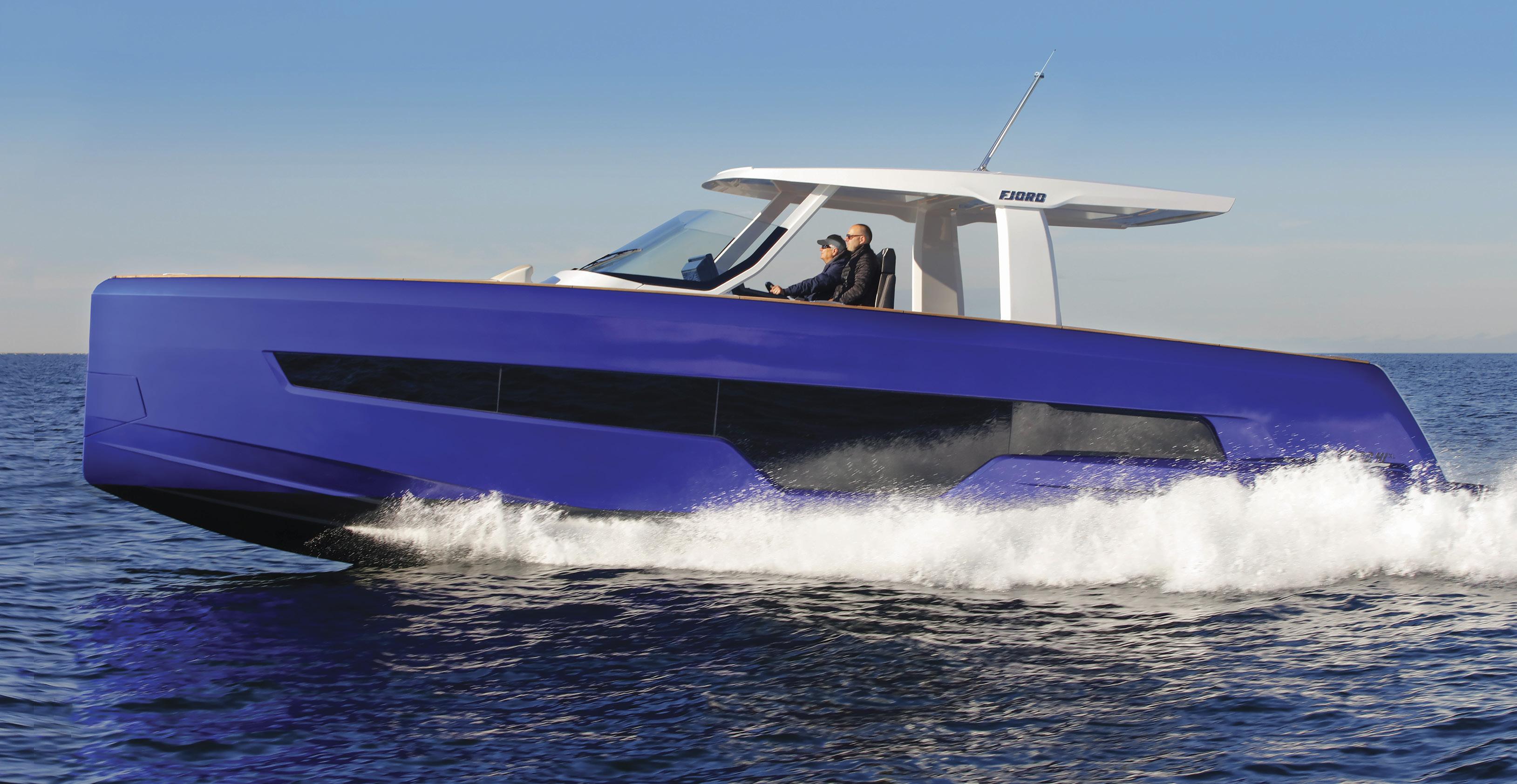
FAST, FUNCTIONAL INFUSED WITH SCANDINAVIAN COOL
Fjords are iconic styled German built luxury day boats with striking angular looks defined by signature features such as a nearly vertical plumb bow, high freeboard, bold, horizontal sheer line, frameless windshield, a spacious flat deck layout and an open transom. Fjords offer spectacular one-level designs with high-quality Scandinavian influenced interiors and are certain to impress. That design legacy is present across the entire Fjord six model range from 38 to 53 feet. Fans of the Fjord brand can look forward to some major milestones over the next few months with the arrival of the first Fjord 41 XL in Australia and the premiere of the brand’s stunning new flagship – the Fjord 53 XL.
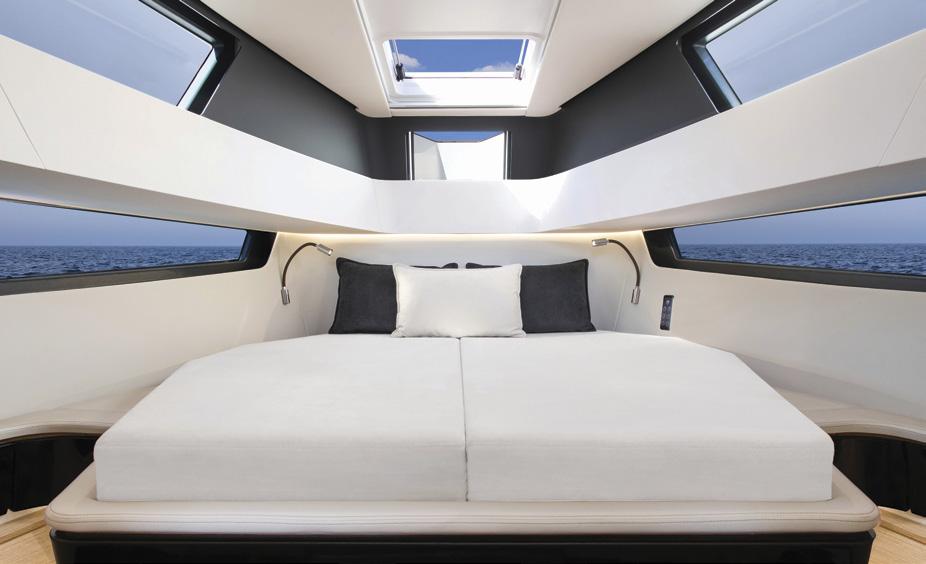
FJORD 38 XP DASHBOARD

Those who braved the wet conditions at this year’s Sanctuary Cove International Boat Show to inspect the Fjord 38 Xpress were impressed by its undeniable panache and multifunction traits that enable a seamless transition between modes, maximising your water time, whether it’s a few hours or a weekend. The boat has been sold to Perth and no doubt its sleek white hull will be whisking its new owners at close to 40 knots over to Rottnest Island where they’ll enjoy the Fjord 38 Xpress’ entertainer mode including smart options such as the aft cockpit lounge with a height-adjustable table for eight that converts to a sun lounger that create the ambience of a stylish sea terrace. They will also appreciate the outdoor galley with wet bar, grill and fridge located behind the 38 Xpress’s steering console that furnishes all catering requirements. Biminis stretching forward over the bow lounge and over the aft deck can be unfurled from the T-Top, shading the entire length of the boat, a necessity in harsh Australian conditions. The carbon/fibre T-Top is an engineering feat in own right boasting ambient lightning and dark tinted skylights. From here it’s just a few steps down to the inviting lower deck accommodations comprising a master cabin with double berth, fridge and storage. There’s also a fully equipped head with handheld shower, the kind of amenities that set the Fjord 38 Xpress apart. For those seeking a bit more cabin and deck space the award-winning the 41 XL was judged European Powerboat of the Year 2021 Award in the up to 14 metres category, winning high praise from the judges. They noted the 41 XL’s “nine deck layouts, which can be freely combined, the customer has the possibility to perfectly adapt the boat to their own needs. As usual with FJORD, the handling characteristics and workmanship are top class.” Also prominent among the 41 XL’s list of innovative features is the huge T-Top and way in which it is connected to the boat. In many other brands the T-Top is primarily for aesthetic purposes but by bringing the T-Top out to the gunwales of the 41 XL and further back Fjord has engineered a much more robust connection to the boat as well as significantly more protection from the elements - making a day out more enjoyable and safer for everyone. Add to that a high degree of customisation especially in regard to the multiple cockpit seating and lounging configurations, two cabins with the master in the bow featuring a generous double bed, as well as an amazingly dry ride for an open deck boat and you can see why the Fjord 41 XL sets the standard in its class. The 41 XL has either Volvo or Yanmar sterndrive power, which affords shallow water operation and light beaching. The hull on its way here is matched to a pair of Yanmar 370hp V8s but other options include Twin Volvo Penta D6-340 engines enabling

FJORD 41 XL CABIN
30 knots while the choice of either twin D6-380 or D6-440 deliver an estimated speed of 33 and 38 knots respectively. "We have more Fjords for our customers in the queue, and interest remains in other models like the 44, and the new 53 XL. Indeed, Hanse group (the builder of Fjord in Germany), has its biggest order book of all time,” says Anthony Bishop, the Managing Director of Windcraft Yachts, the exclusive importer of Fjord into Australia. He acknowledges there is already strong interest and anticipation around Fjord’s new flagship, the 53 XL, due to be launched in Spain in June. The largest Fjord to date will boast expansive deck lounges and seating, a tender garage, two luxury en-suite cabins with the option of a crew cabin. Like all Fjords its badge is a guarantee of its sea-handling credentials and a commitment to excellence. For more information including pricing go to www.teamwindcraft.com/fjord/ or sales@windcraftyachts.com
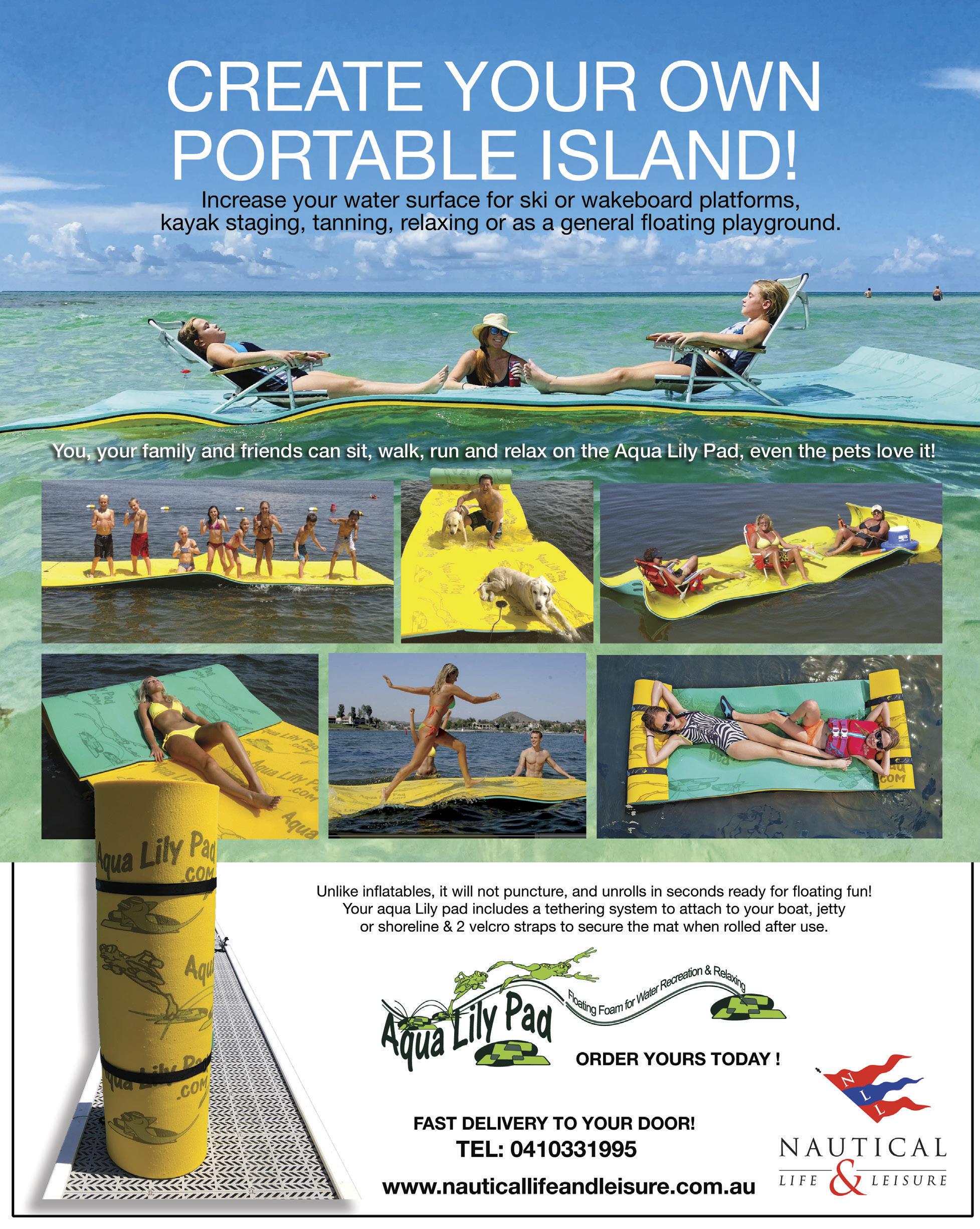
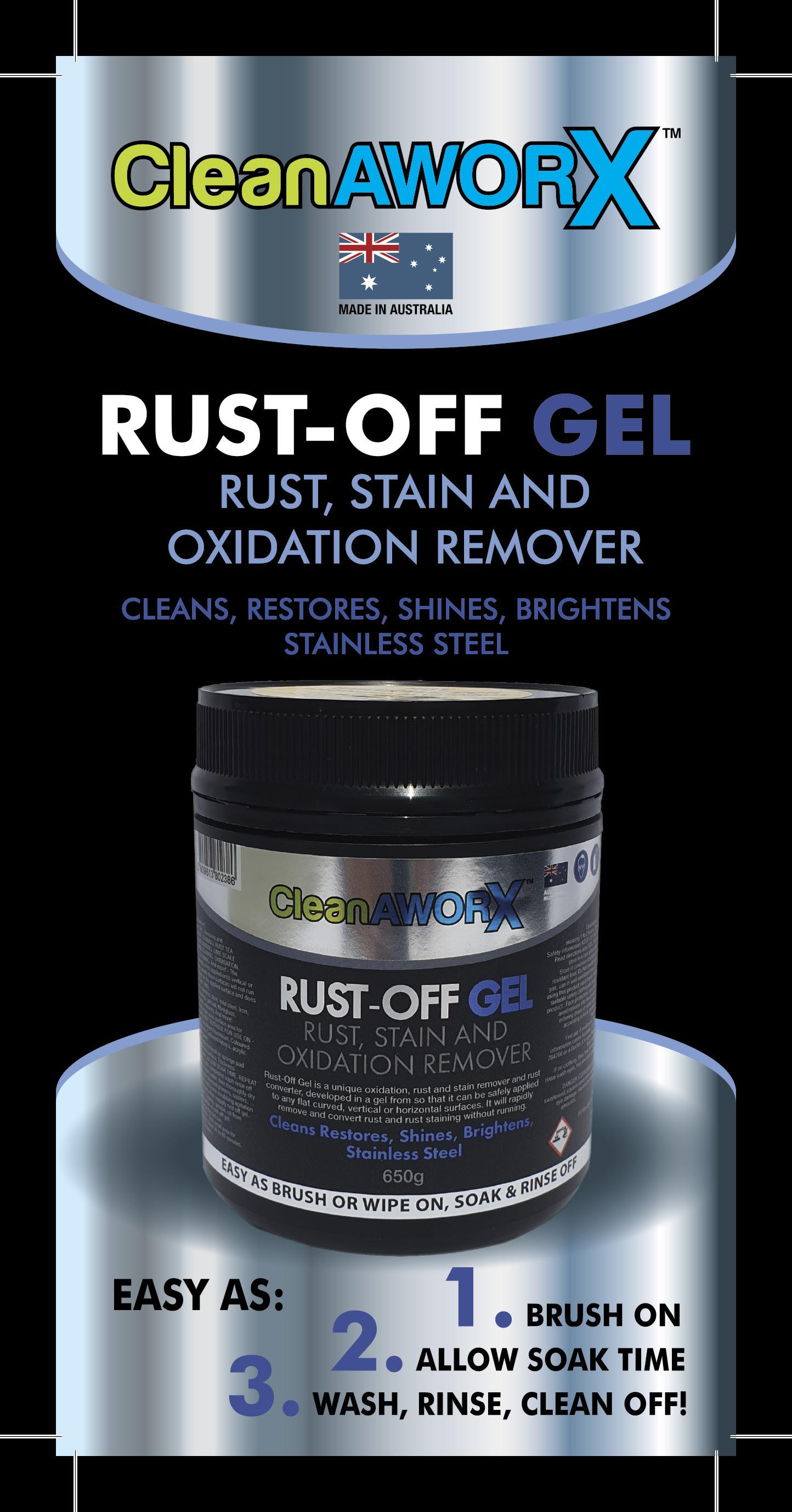

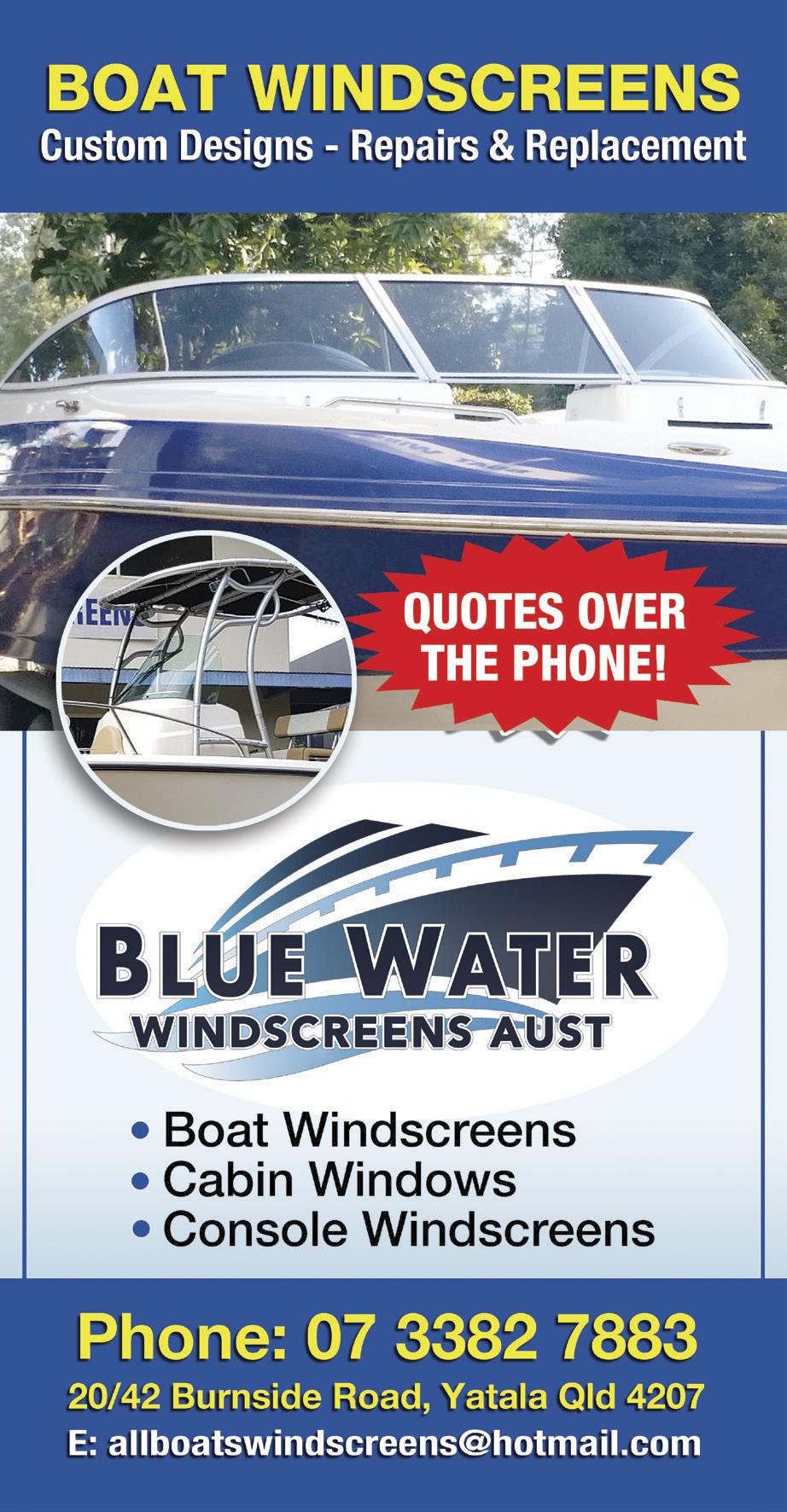

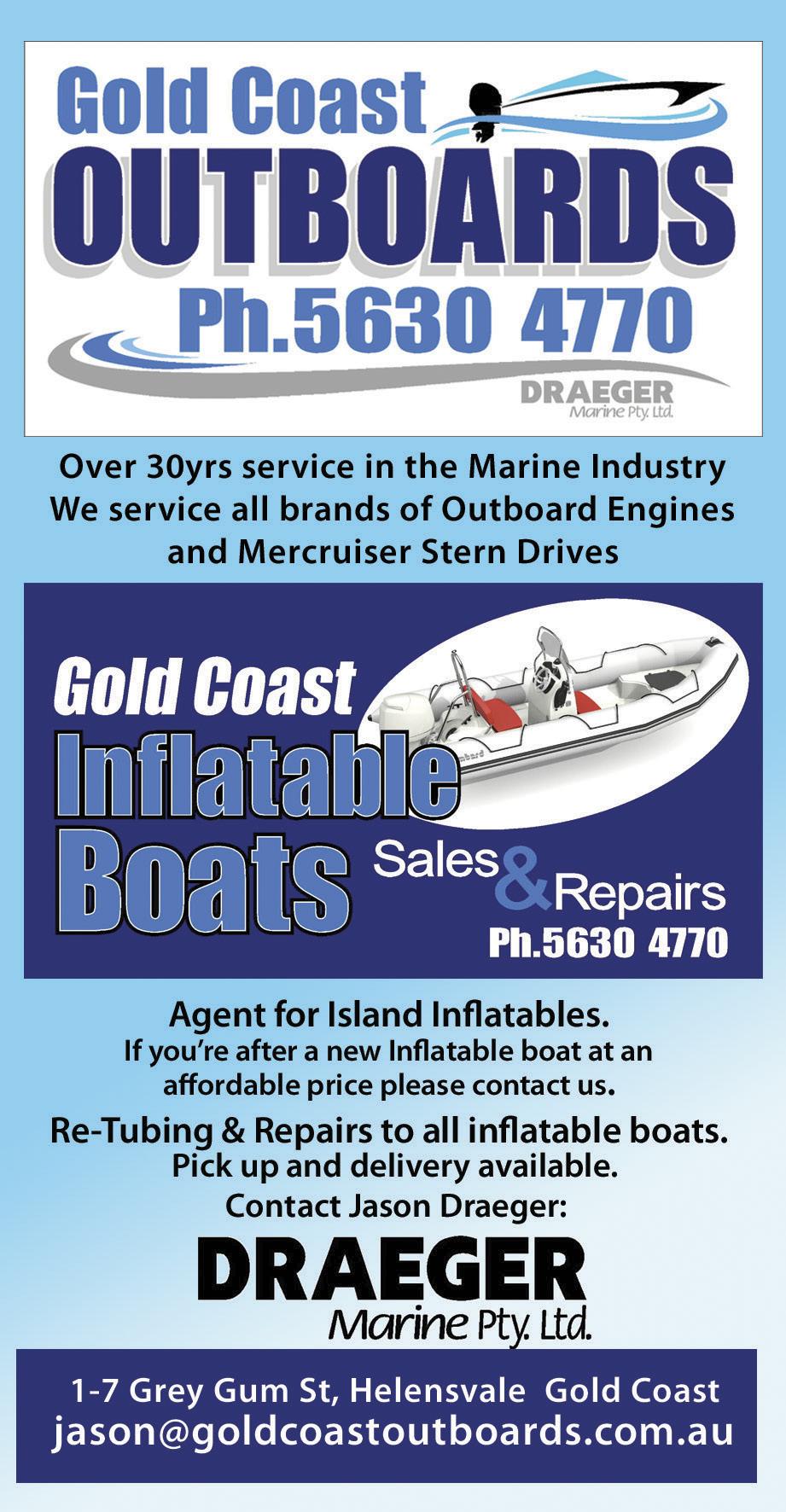


QUALITY DESIGNED - PACIFIC PONTOONS

FOCUSED ON AFFORDABILITY
Whether you are an experienced boater or just getting started in the boating world, a pontoon boat is a very versatile way to take a few or a lot of people out on the water in a low maintenance style vessel. The Pacific Pontoons triple hull design is towable on the road with a small SUV.
Whilst the prominent quality and design is evident, Pacific Pontoon Boats are also focused on affordability, so these boats are a great choice for those who want to get a start out on the water and don’t want to spend too much.
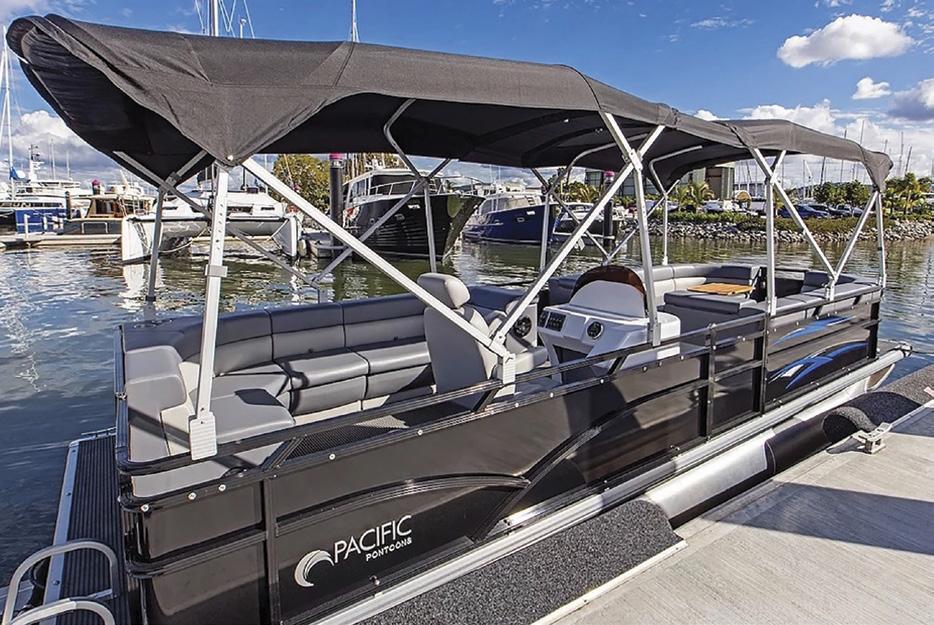
BOAT FEATURES
There are three Pacific Pontoons models in a range of sizes from 5.9 m to 7.99 m. The full double bimini tops encapsulate the seating area so the entire boat is covered with shade for everyone on board. All the seating is rotor cast plastic which will last, and when you lift the seats there is plenty of storage space throughout. The skipper enjoys a luxurious double armrest Captain’s chair and all-encompassing helm.
An extended triple pontoon in the centre, gives you a great running surface for very smooth and fuel efficient cruising, with a great top speed. The standard layouts come in the full seating configuration, maximising the floor area of the boat. A flip-up privacy option is available in the rear, for a toilet. There is also the option to enclose the entire area around the double bimini with either mesh or clears, giving your passengers full protection from the elements and insects, and they also make it possible to stay onboard overnight.
Efficient cruising and good looking
Pontoon boats starting from $52,000 well-equipped, plus engine. Custom layouts are also available. To discuss your requirements call Brett Thurley Ph: 0406 332 830. www.pacificpontoons.com
STANDARD INCLUSIONS
2 years bow to stern warranty Triple extended pontoon design for extreme stability, effortless cruising speeds & performance. Inbuilt 70 L fuel tanks Wood-free construction with composite panel floors Double connected bimini top to create shade for the entire boat. Soft touch non-skid EVA flooring for ease of cleaning & maintenance in grey or tan. Large helm seat with armrests Hydraulic steering included Marine AM/FM Bluetooth audio system with amplifier, sub woofer and two sets of speakers. Metallic paint work in blue, gunmetal grey, white or black. Frame railings in silver of black Upholstery in grey, tan, blue or white colour scheme
OPTIONAL EXTRAS
Flip up privacy enclosure with upgraded chemical toilet by Thetford. Graphics package in silver, blue or champagne Full clears enclosure

To discuss your requirements call Brett Thurley Ph: 0406 332 830 THE BOAT SHED, 199 Beattie Rd, THE BOAT WORKS, Coomera QLD

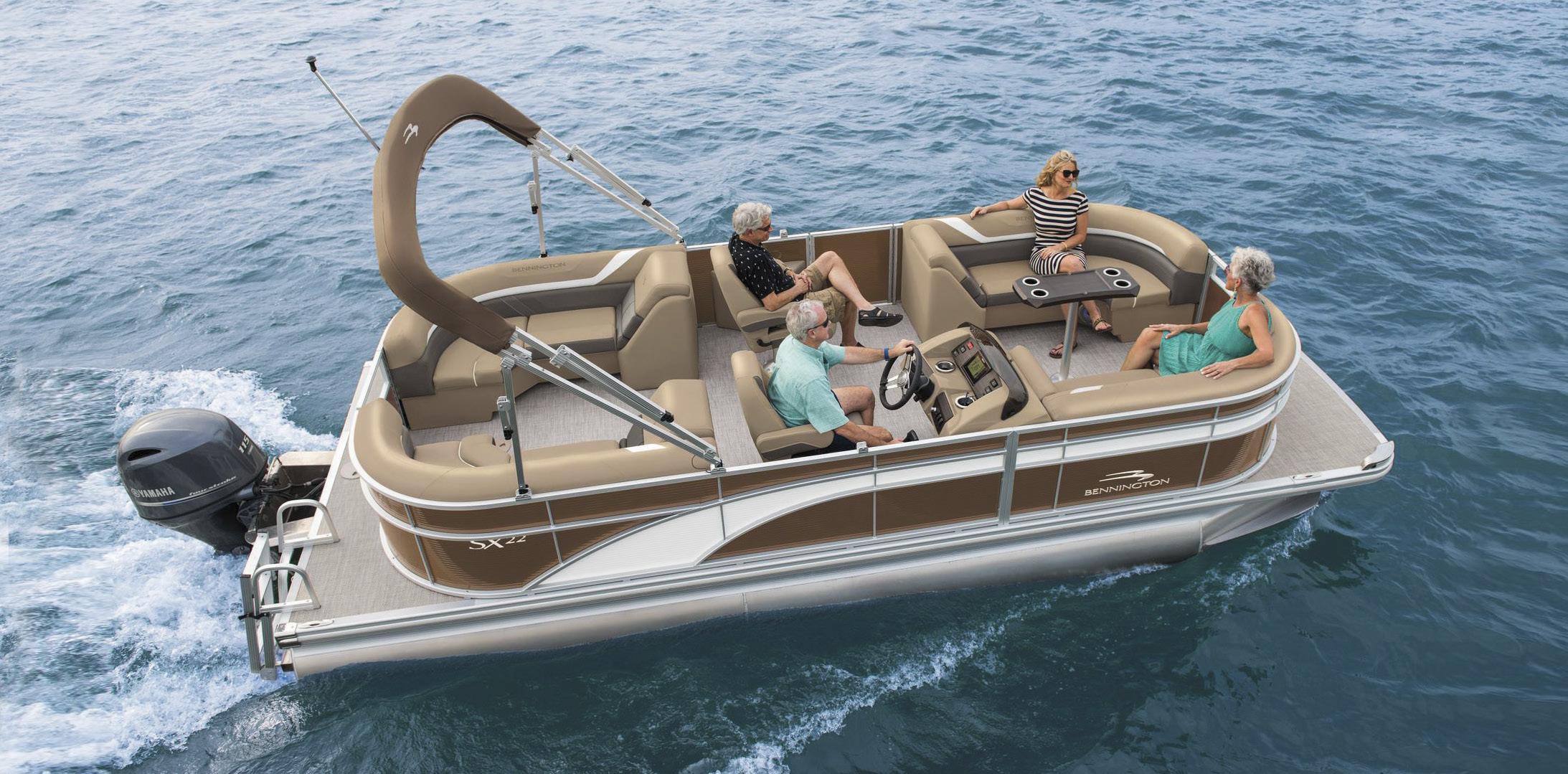
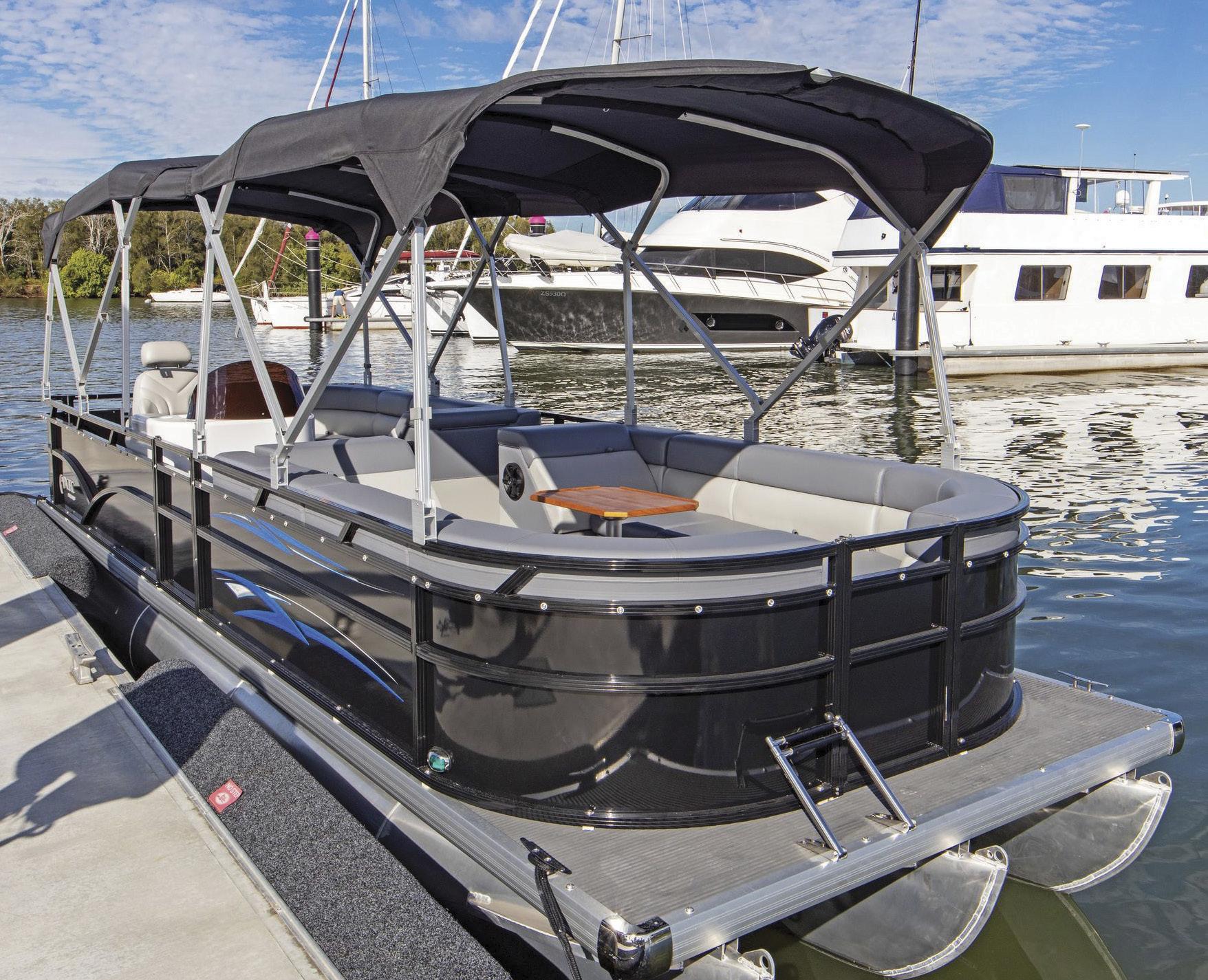


Anglapro Bandit 554
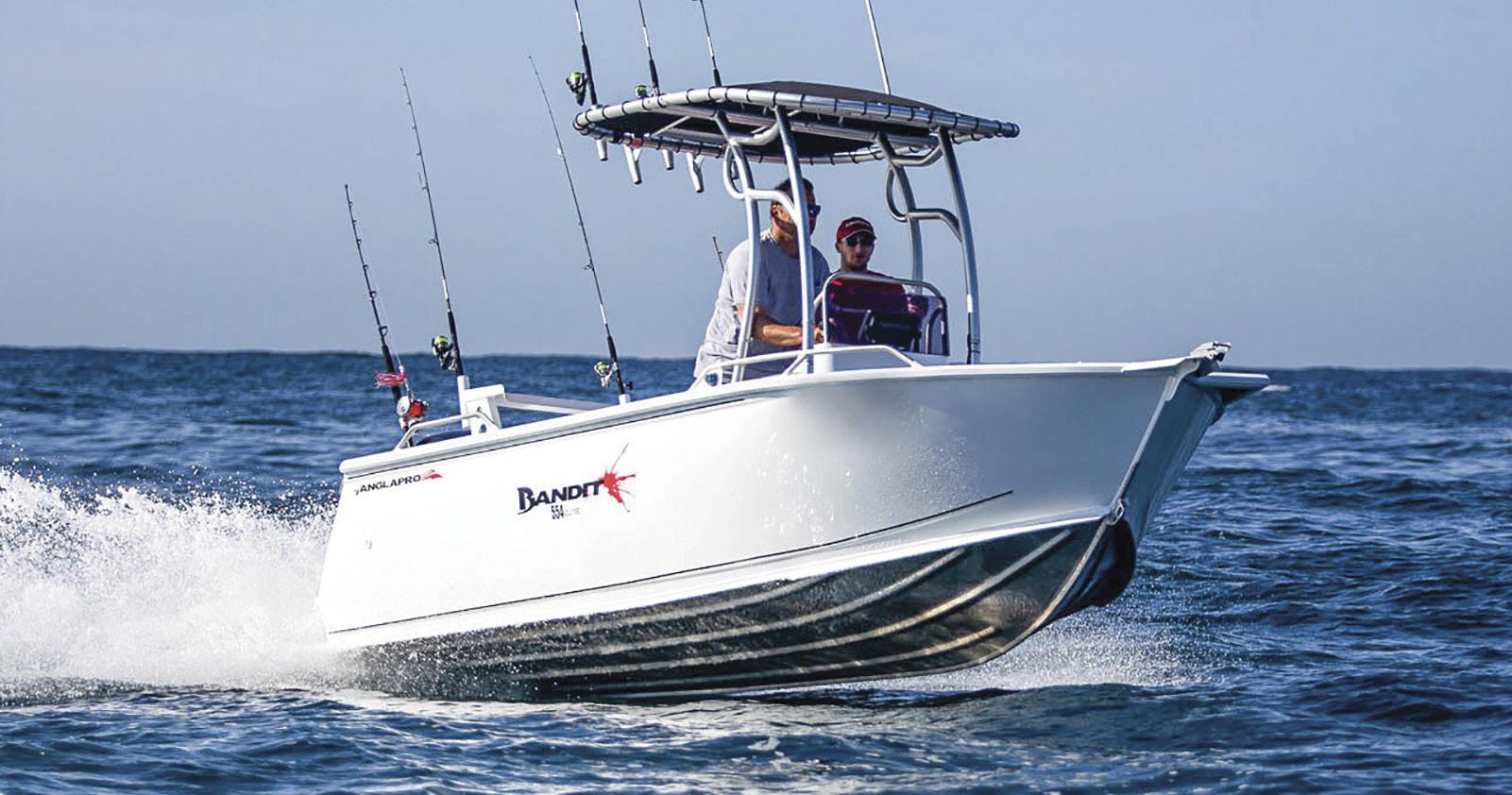
INTRODUCING QUEENSLAND BUILT RANGE ANGLAPRO BOATS
Anglapro Escapade
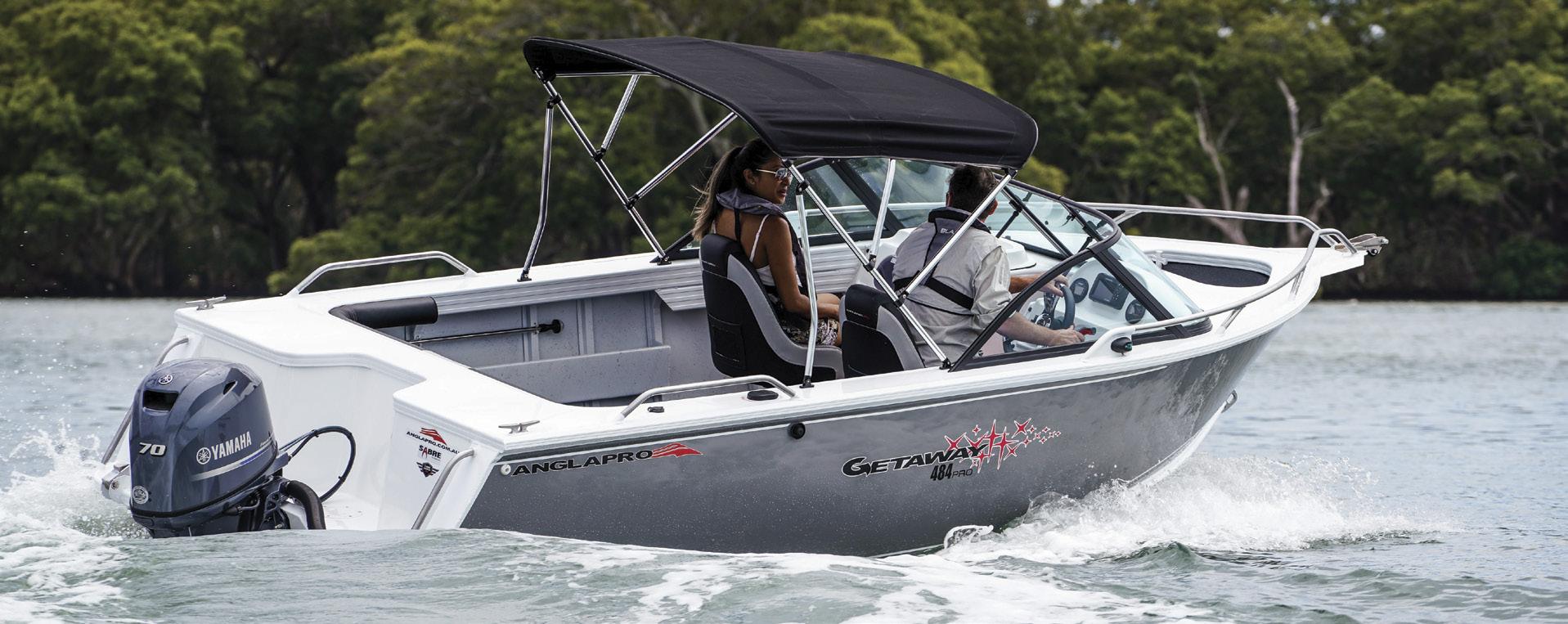
At Anglapro, we started our design process by contemplating the most important factor – YOU! What seats would YOU prefer to sit in, how would YOU like your dash laid out, what fishabilty needs do YOU have? From there, we got started on building a great boat. In short, we built the boats backwards – starting from the driver seat and finishing with the hull. The result is love at first sight with the layout! Then once you get in and head for the horizon, it's all smiles because the boat just performs in all conditions!
HULL DESIGN AND BUILD QUALITY We keep our hulls simple by design. We know a great hull must achieve four main results: 1) Planes easily with minimal hole shot effort 2) Corners comfortably 3) Offers stability at rest 4) Be comfortable underway through choppy seas. Overall, our hulls achieve a tick of approval in each category. Individually, our hulls slide up and down the scale for each of the four categories. For example, a Bandit (Centre Console) will score higher in comfort underway than an Outlaw (Side Console V-Nose). But an Outlaw will score higher points in stability at rest than the Bandit. Each hull has an individual purpose for their use so we apply a different approach to every design.
THE BASIC TILLER STEER RANGE The Anglapro Tiller steer range comprises three models: Core, Chaser and Stealth. Again, with YOU in mind, these ranges are designed to encompass the needs of the modern angler. The Core range is the entry-level option, perfect for small creeks, roof topping or getting the kids on the water in their first boat safely. Expanding on the core range, both the Chaser (Deep-V) and Stealth (V-Nose) models are an evolution of the standard boat, with three trim ranges to choose from. Starting with the SPEC (bottom) trim level, which keeps inclusions to a minimum. Moving up to the CLX (mid) range, encompassing some more comforts such as pedestal seating and high supported flooring. Finishing up with the PRO (top) level of trim, which leaves nothing to be desired, complete with front and rear casting platforms and storage aplenty.
THE FORWARD STEERING RANGE The Anglapro console and forward-controlled range of boats encompasses the remainder of the line-up: featuring sporty, well thought-out side consoles, such as the Anglapro Sniper; spacious and luxurious sports boats, such as the Anglapro Freedom Sports and Trixsta models; versatile and safe runabouts such as the Anglapro Getaway; and, offshore bred fishing machines in the Anglapro Bandit Centre Console and Escapade Cuddy Cabin ranges. There really is a boat to suit every situation.
THE ANGLAPRO ADVANTAGE We build our boats with an internal keel system, because the hull is designed to skim across the water, not track like a yacht. External keels (extrusion welded onto the bottom of the hull) can catch in following and cross following seas, causing broaching and bow steer problems. This is very dangerous and happens when the bow of a boat suddenly adopts the role of a rudder, steering the boat unexpectedly as the hull catches the top of wind chop, or a wave taking the steering momentarily away from the engine. Aluminium boats with excessive V in the bow or external keels are prone to this problem and need extra trim range to keep the nose clear of the water. Anglapro hulls have a consistent dead rise angle and no aspects to cause bow steer. They also have a mild rocker or “lift” to make the bow clear the water line easily, and minimise unnecessary drag.
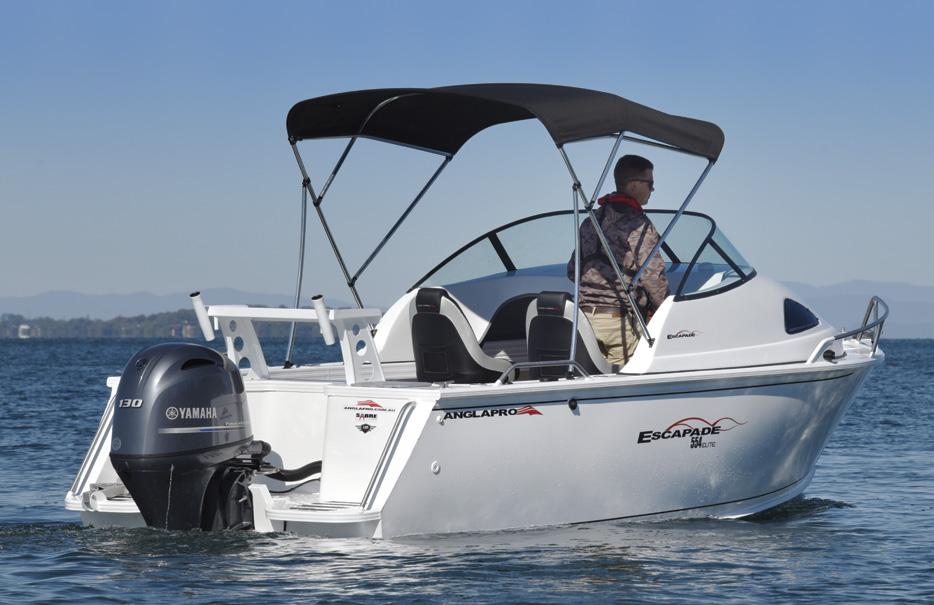
Off the keel, we have a series of ribs or “frames”, which make up the skeleton of the hull. They are spaced from between 250-300mm apart, depending on the hull, to minimise hull flex and give rigid hull support. This gives a softer and more responsive feel to the performance of the boat. Quite often, manufacturers will space the ribs out further to save manufacturing time and material costs, causing detrimental effects on water performance.
Marine Care Queensland 30 Gordon Rd, Redland Bay QLD (07) 3186 5270 sales@marinecareqld.com
Anglapro Getaway 484
Deep-V Hulls, V-Nose Punts & Light Duty Tinnies

